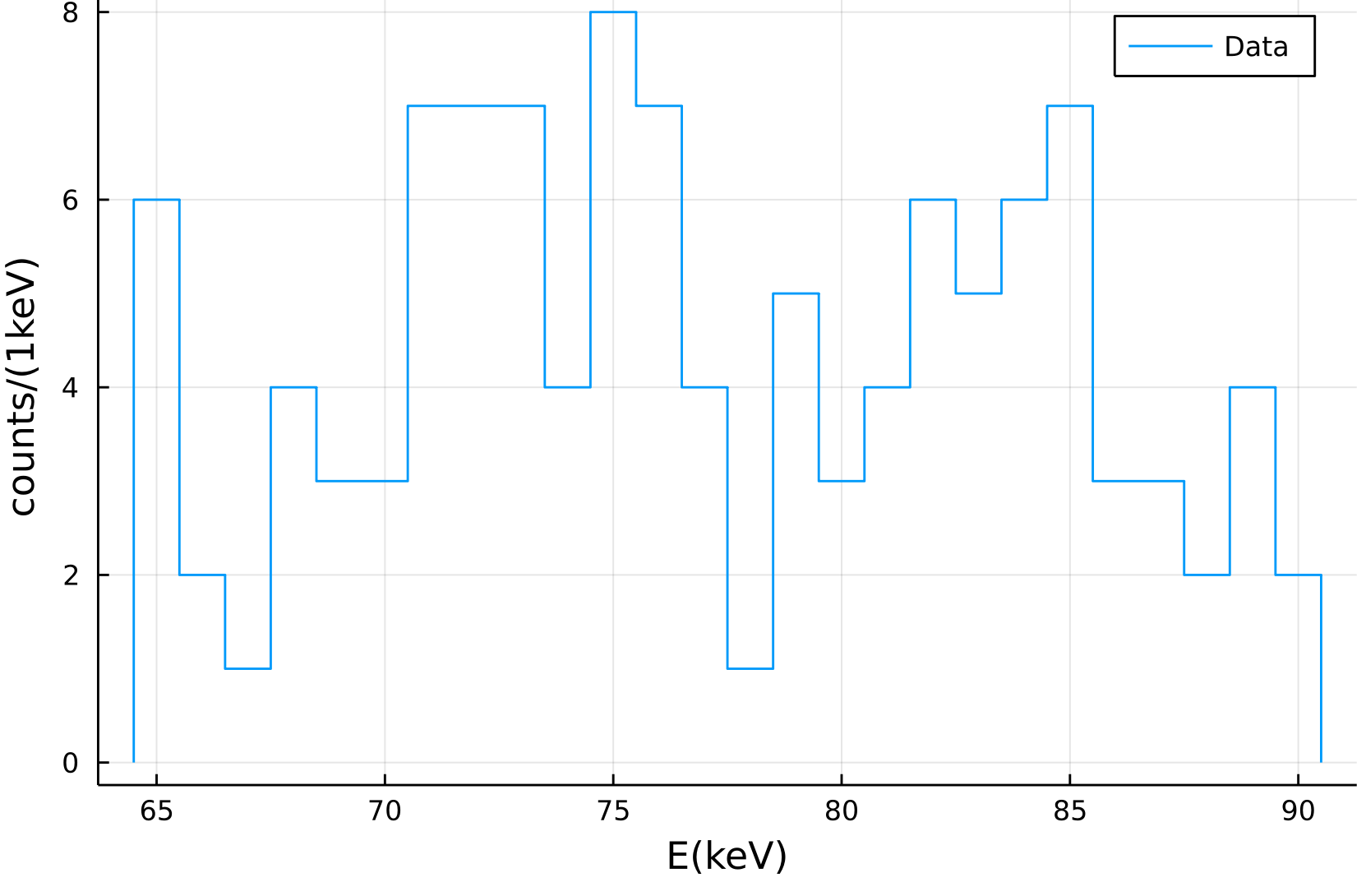QUBO — the experimental apparatuses
Within the QUBO project, we are performing an experimental survey of the Collapse Models (CMs), searching for the extremely faint emission of spontaneous emission which is induced by the collapse mechanisms. A series of experiments, based on extreme purity Ge detectors, and high radio-purity targets, are runned at the underground Gran Sasso LNGS-INFN laboratory in Italy, and are dedicated to a high sensitivity search for spontaneous radiation signal, over a broad energy range. The Gran Sasso Laboratory is particularly suitable for high-sensitivity measurements of extremely low-rate physical processes, since it is characterized by a rock overburden corresponding to a minimum thickness of 3100 m w.e. (meters water equivalent). Hence the cosmic radiation flux is reduced by almost six orders of magnitude.
We briefly summarize below the intertwined experimental activity, which is being performed within QUBO, to address the complex phenomenological investigation of a whole class of CMs, in the framework of many-body quantum systems:
- High Purity Germanium (HPGe) detector based setup with Ge active target: the set-up consists of a coaxial p-type high-purity germanium detector surrounded by a complex shielding structure, with the outer part made of pure lead and the inner part made of electrolytic copper. The germanium crystal is characterized by a diameter of 8.0 cm and a length of 8.0 cm, with an inactive layer of 0.075 mm of lithium-doped germanium all around the crystal. The active germanium volume of the detector is 375 cm3. The outer part of the passive shielding of the high-purity germanium detector consists of lead (30 cm from the bottom and 25 cm from the sides). The inner layer of the shielding (5 cm) is composed of electrolytic copper. The sample chamber has a volume of about 15 l. The shield together with the cryostat are enclosed in an air-tight steel housing of 1 mm thickness, which is continuously flushed with boil-off nitrogen from a liquid nitrogen storage tank, in order to reduce the contact with external air (and thus radon) to a minimum.
- HPGe detector based setup with high radio-purity targets: two data taking campaigns also exploited the detector in the previous configuration, surrounded by high radio-purity targets of Roman Lead (total mass of about 22.3 kg) and Tantalum (total mass of about 2 kg). A schematic representation of the Roman Lead setup is shown in Figure 1. The corresponding measured energy spectrum in the range ΔE = (65-90) keV, for a data taking period of 3.6 x 106 s is shown in Figure 2.


- Broad Energy Germanium (BEGe) detector based setup: we are currently running an experiment based on a BEGe detector, aimed to push down to few keV the lower energy detection limit, in order to test our novel predictions on the low-energy behavior of the DP and CSL spontaneous radiation emission rate. A block diagram of the detector system and a picture of the setup are shown in Figure 3 left and right respectively. the device is cooled down to 80 K by means of liquid N2, contained in a dedicated dewar, and is surrounded by two layers of Cu and Pb shielding, which suppress the residual cosmic rays background. A wide band low noise amplifier is used to increase the signal amplitude, generated by low energy events, allowing to increase the precision of the measurement and to push down the low energy limit to few keV. An extremely-low noise power supply was realized for the digitizer and for the amplifier. We have developed and tested a convolutional neural networks (CNNs) based pulse shape discrimination procedure characterized by a background (electronic noise and multi-site background events) classification accuracy higher than 97%.

